How would you get yourself out of a nasty situation when there’s no one there to help?
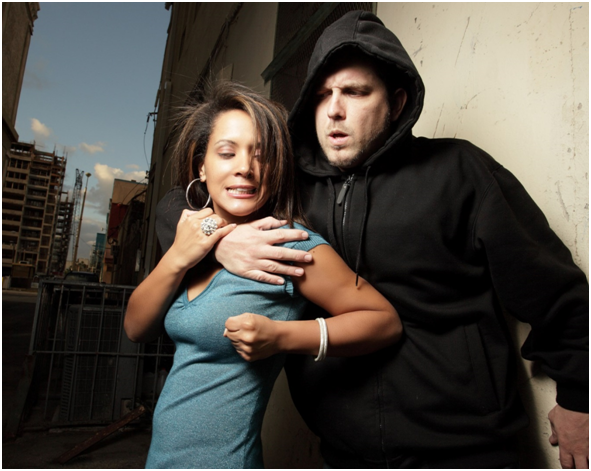
- Course Length: 1 Days (8hours)
- Facilities: PowerPoint – no mats needed
- Prerequisites: None
- Weapons: None
- Prior Training: None
- Requirements: Must be over 18 years of age with a valid ID (driver’s license)
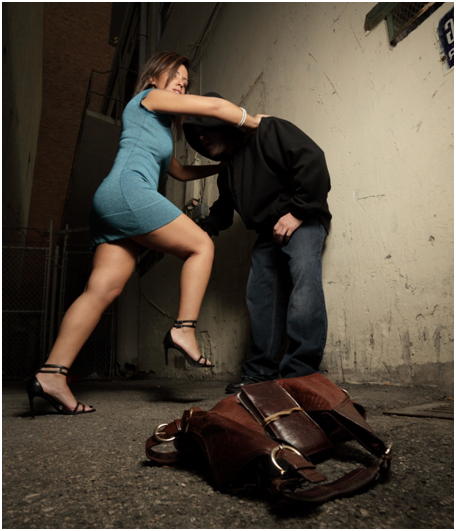 What to expect: Brief lecture, demonstration, practical familiarization exercises (mostly hands-on), information-based training and medium physical activity.
What to expect: Brief lecture, demonstration, practical familiarization exercises (mostly hands-on), information-based training and medium physical activity.
The concept of using your bare hands as weapons in self-protection has been around since the first caveman whacked another one. The ability to defend one’s self with only Personal Weapons – hands, feet, elbows, knees – is a necessary and basic survival skill.
Martial arts are just that – an art. Like any other art, it takes years and literally thousands of repetitions to master technique. The classical martial arts such as Karate, Judo, and Aikido can improve your self-defense skills, make you more confident and able, but it takes years of practice and commitment before certain traditional techniques may be street-applicable. However, various sub-components of martial arts or “martial science” may be used for self-defense.
In any real physical altercation, the longer you stay in place and try fighting toe-to-toe with a street-seasoned thug (or two or more), the greater your potential for injury. Focusing squarely on mechanical compliance, this course delivers the goods on what it takes to immediately disengage from the threat and get yourself and those with you out of that nasty situation and to safety using the natural weapons you carry with you every day.
*** NO PRIOR EXPERIENCE OR TRAINING REQUIRED ***
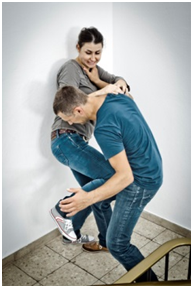 A must for those seeking training in empty hand response using the natural and “personal” weapons of your body, this course presents the essentials of the “Personal Weapons Ladder” methodology. Beginning from the hands, to elbows, to knees, to shins and to feet, it provides immediate threat-control options for stand-up altercations and escape options.
A must for those seeking training in empty hand response using the natural and “personal” weapons of your body, this course presents the essentials of the “Personal Weapons Ladder” methodology. Beginning from the hands, to elbows, to knees, to shins and to feet, it provides immediate threat-control options for stand-up altercations and escape options.
Already behind the power curve when it gets to hands-on, you need that reactive edge to overcome a close quarter personal altercation where you cannot or do not have the time to access any other means of handling the situation other than personal weapons. Such reactive-response training includes escapes, evasions, control points, immobilizations, takedowns and control of combative subject in confined areas.
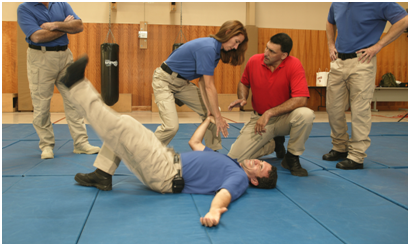
- Environmental Control – Learn how to take and keep control of your environment and gain the ability to move to a Position of Advantage in any close-quarters altercation.
- Distractions – Learn effective distractions, parries and blocks using personal weapons.
- Taking the Initiative – Take and keep the tactical advantage at moment of engagement.
- Multiple Attackers – Handling single and multiple attackers.
- Positions of Advantage – Know when, where and how to move and at what distances and position to gain you the upper hand in a physical altercation.
- Fighting in your car, hallway or stairways – The “do’s and don’ts” of surviving an altercation in a confined area application.
- Hostage Escapes – Learn techniques for escaping from typical hostage situations.
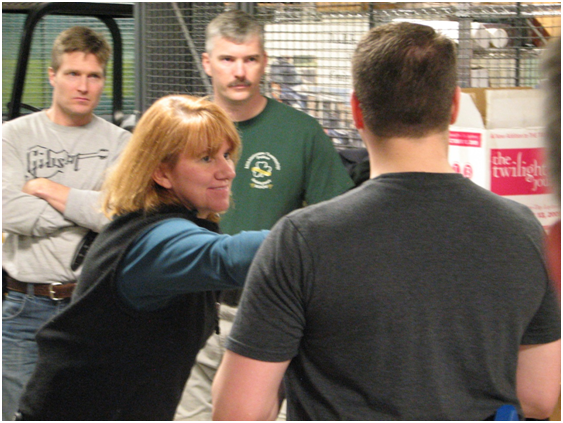
What to Bring:Wear any comfortable attire but not sweatpants – what you normally wear. Notebooks (or notepads) are very welcome. Still photos and limited video OK.
This is fun and easy to learn training! You walk away with a tremendous amount of EXTREMELY valuable and useful information with medium physical effort.
Weapons
No weapons required for this program of instruction. All materials supplied.
